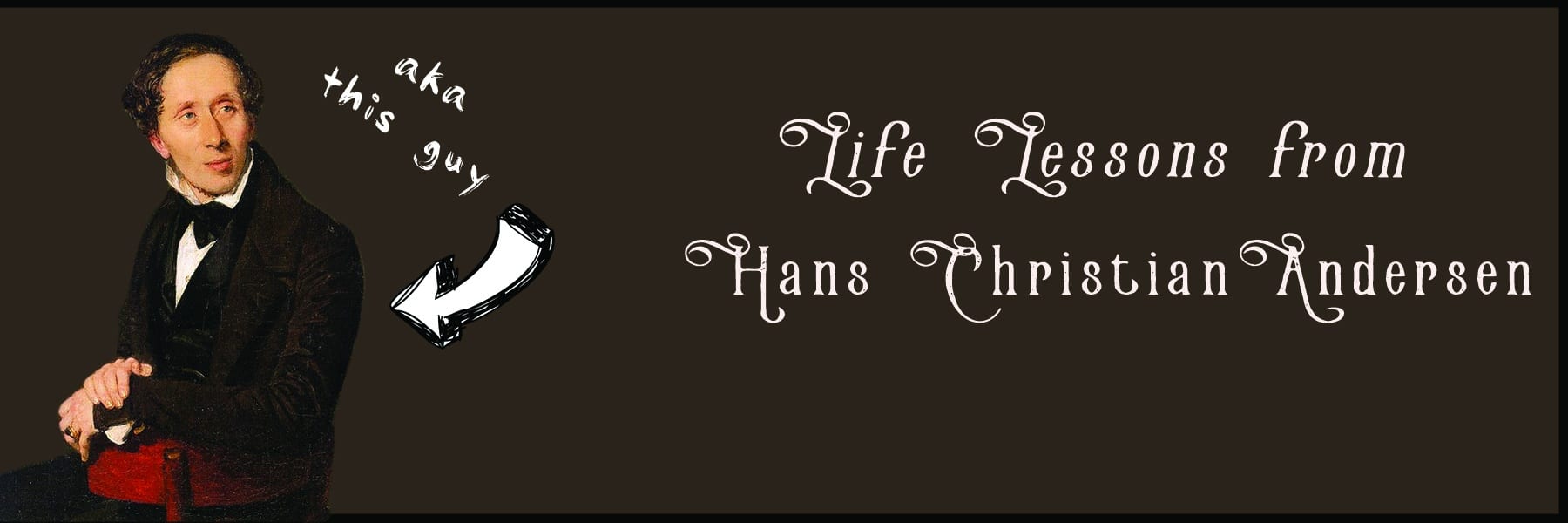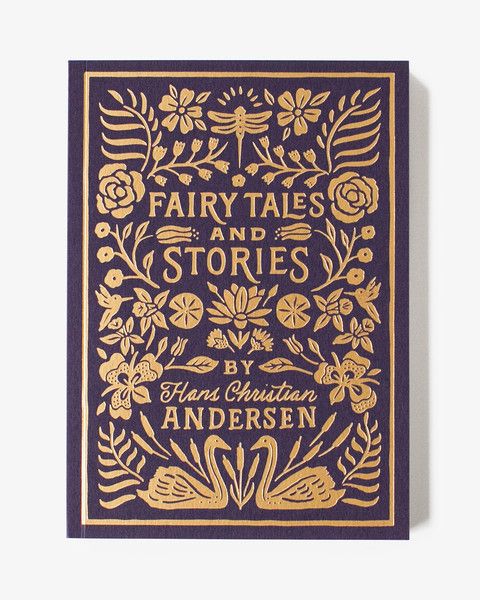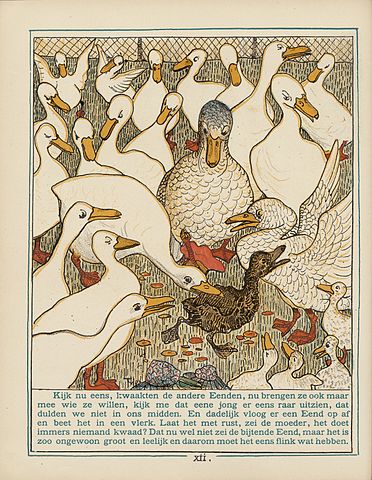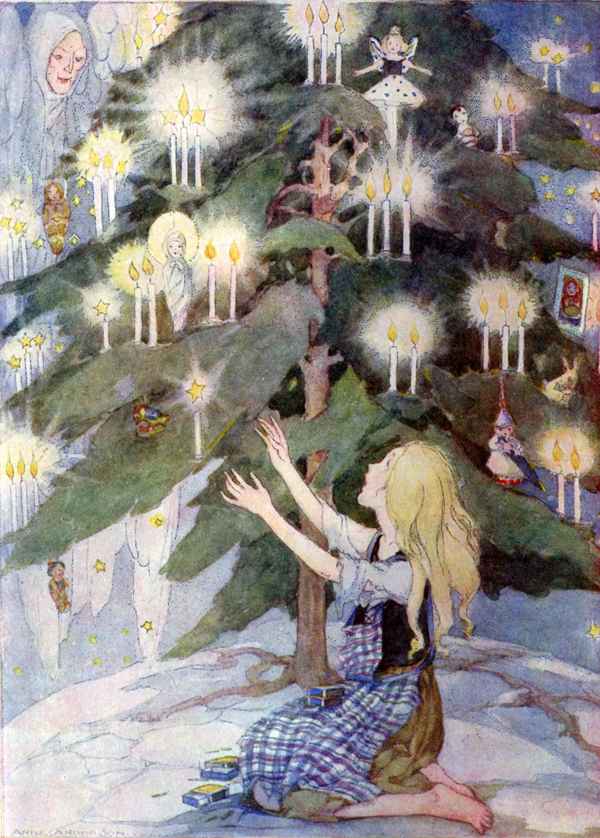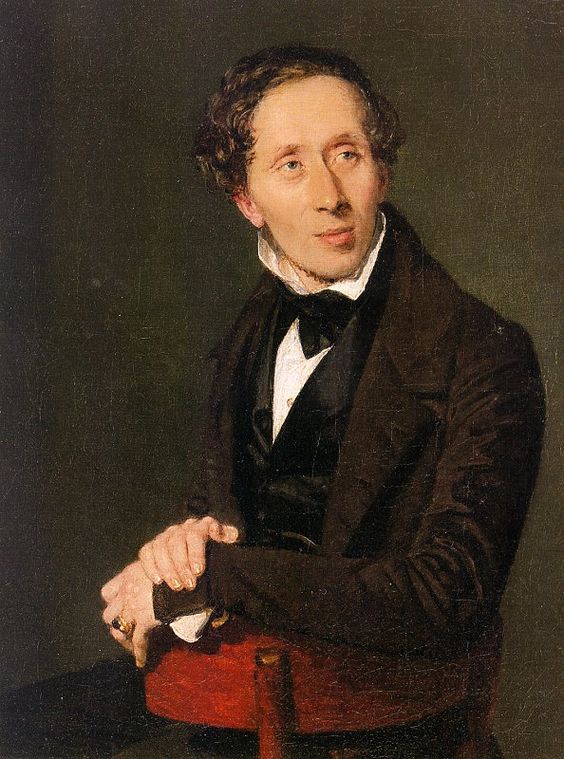
5 Life Lessons from Hans Christian Andersen
Image coutesy of Shay Carlson
SHAY CARLSON, STAFF WRITER
Photo courtesy of pixabay
Hans Christian Andersen is a name synonymous with fairy tales beloved by children for centuries and with the celebration of Andersen�s 212th birthday on April 2, the timeless wisdom of this prolific writer offers itself up yet again.
A Danish-born writer known famously for �The Little mermaid�, �The Ugly Duckling�, �The Little Match Girl� and �The Steadfast Tin Soldier�, Andersen penned over 40 books, 212 fairy tales, and countless poems, plays, travel logs and essays during his lifetime; peppering the 19th century with his whimsical wisdom. It is no coincidence that International Children’s Book Day is on the same day that Andersen was born.
Last week I wrote about the 5 life lessons from F. Scott Fitzgerald, so in honor of Andersen�s birthday, here are another 5 life lessons that can be gleaned from the life and work of Hans Christian Andersen:
1. The greatest lessons are often hidden in the simplest forms
During an age where every fairy tale started with �once upon a time� and existed for the sole purpose of lecturing children on what they should and should not do, Andersen offered his readers a familiar, colloquial tone in his writing and often adopted the uncommon view of impartiality. Andersen was also (arguably) the first children�s writer to acknowledge that adults would undoubtedly be reading or listening to the stories of their children. As such, Andersen layered witticisms and social lessons aimed at adults into his fairy tales and encouraged all of his readers to see the extraordinary in the ordinary. These ageless lessons can be found in almost every one of his fairy tales, such as the warning against making assumptions in �The Emperors New Clothes�, the lesson of acceptance in �The Little Mermaid�, or the warning of judging appearances in �The Ugly Duckling�.
�The whole world is a series of miracles … but we’re so used to them we call them ordinary things,� he wrote in �Hans Christian Andersen�s Shorter Tales.”
2. You can learn a lot from new and uncomfortable situations
Photo courtesy of Unsplash
At a time when travel was viewed as uncomfortable, unsafe and uncivilized, Andersen sought to travel and experience as many new situations and see as many things as possible. Andersen�s drive for the unknown led him to Sweden, Spain, Portugal, England, The Middle East and Africa through his life and became an invaluable contribution to his writing. Andersen wrote several books about his travels in which he stressed the importance for people to experience new ideas and cultures; believing that in order to obtain new knowledge you had to do new things.
�To move, to breathe, to fly, to float, to gain all while you give, to roam the roads of lands remote, to travel is to live,� he wrote.
Andersen understood that he would be unable to write in a way that would connect with people all over the world unless he stepped outside his comfort zone and found a new way to communicate. This theory must have worked because to this day Andersen�s writings are published in more than 125 languages.
3. Surround yourself with those whom you aspire to be like
Born of a cobbler and a washerwoman, Andersen knew that just being a good writer wouldn�t be enough to get his work noticed or lift him out of poverty. Andersen set out to surround himself with people who inspired him and were succeeding at what he wanted to do. Associating with people that could mentor him, Andersen struck up friendships with the great writers of his era: Alexander Dumas, Charles Dickens, Wilhelm Grimm and Victor Hugo.
Andersen clearly understood the idea that you become like those whom you spend the most time with and used it to great advantage. A concept that has been around for ages, Andersen was a great example of the powerful influence that one person�s success can have on another.
4. Don�t be defined by how others see you
“The Ugly Duckling” courtesy of Wikimedia Commons
Andersen compared his own life to the story of �The Ugly Duckling�, seeing his prosperity and fame later in life in stark contrast to how he was treated before the public found value in his work. Unlucky in status, in love and in looks, Andersen refused to let others intimidate him out of using his talent and became determined to only live up to the standards that he set for himself.
Perseverance and steadfastness are traits that appear many times throughout Andersen�s work as the defining virtues of his protagonists and imply an air of defiance against those who sought to belittle Andersen when he was “just an ugly duckling.”
�Each soldier was the living image of the others, but there was one who was a bit different. He had only one leg, for he was the last to be cast and the tin had run out. Still, there he stood, just as steadfast on his one leg as the others on their two,� Andersen wrote in �The Steadfast Tin Soldier.”
Andersen saw that through trials wisdom is gained, even if the rest of the world fails to recognize its worth. Anderson wrote in �The Flax�, �We cannot expect to be happy always … by experiencing evil as well as good we become wise.�
5. Always look for what can be cured
“The Little Match Girl” courtesy of WikiMedia Commons
Many of Anderson�s fairy tales go against the grain of the more traditional folk tales of his era, choosing to show that sometimes darkness wins. While this may seem unnecessarily morbid for a children�s story, Andersen sought to expose the injustice of the world around him without explicitly telling the reader what to do.
This is presumably why the match girl freezes to death, the tin soldier gets melted down, and the fir tree in �The Fir Tree� is chopped into firewood. Andersen�s stories implied that only through fighting the darkness can we feel the light of joy, even if we don�t always win in the end.
No, the light is too intense; we do not yet have eyes that can see all the glory God has created. But maybe someday we will have such eyes. That will be the most wonderful fairy tale of all, for we ourselves will be part of it. � Hans Christian Andersen, �The Toad�
Andersen saw the unfair nature of a finite world and encouraged his readers to look for those injustices that could be cured and to do just that, cure them.
�Now I shall be of some use in the world, as everyone ought to be; it is the only way to be happy.� �Hans Christian Anderson, �The Flax�
�
